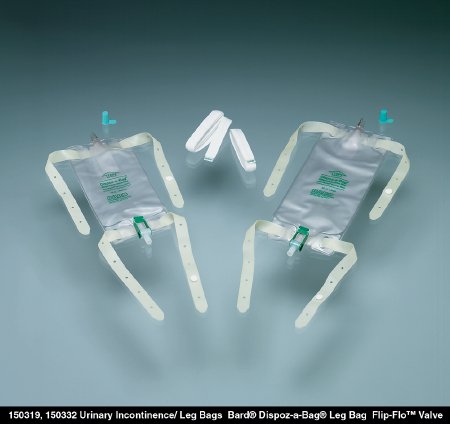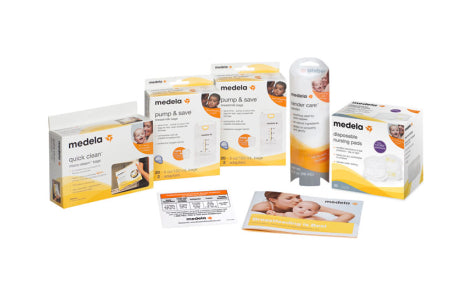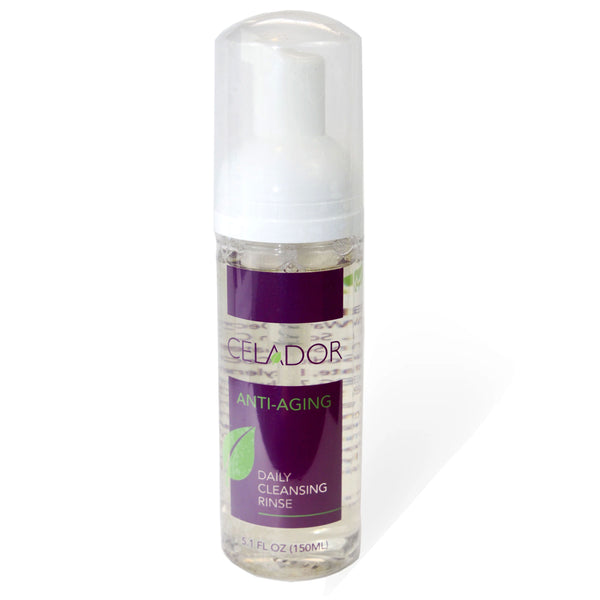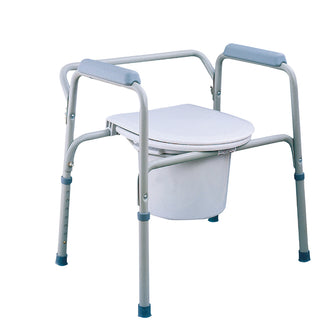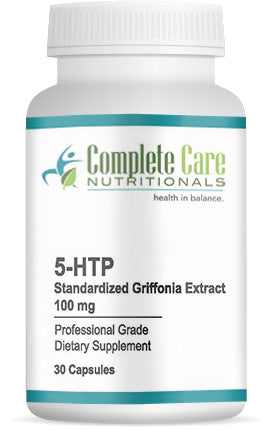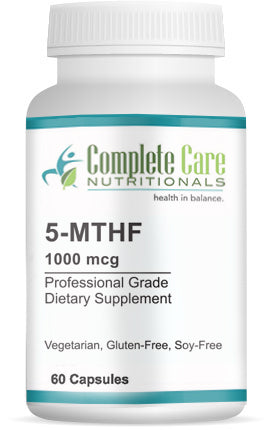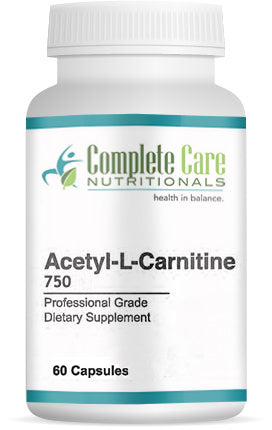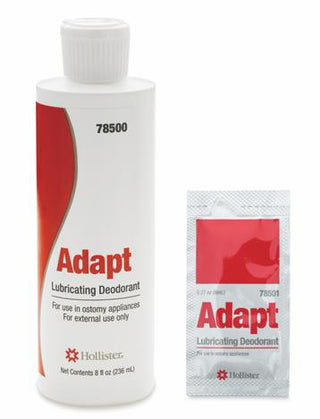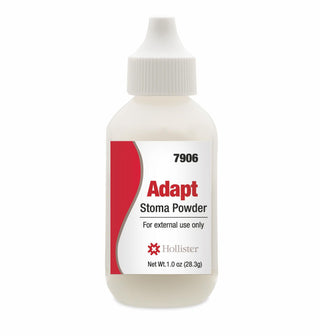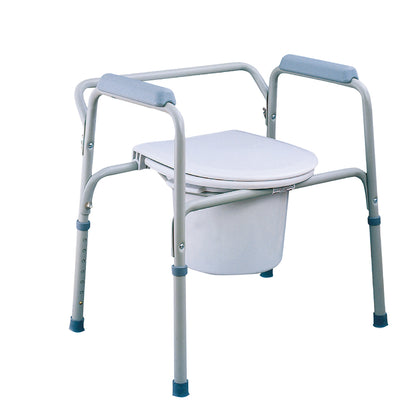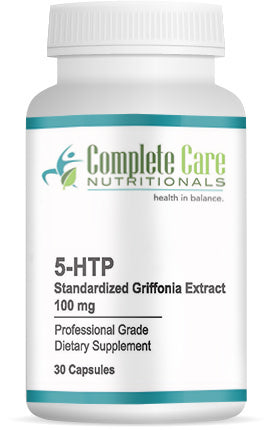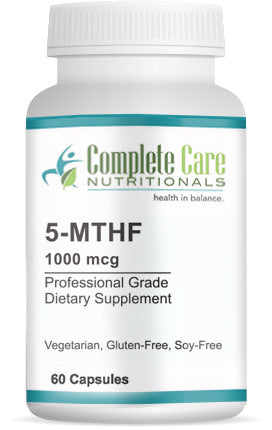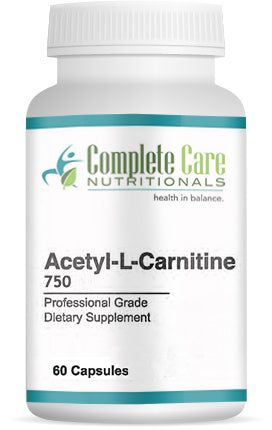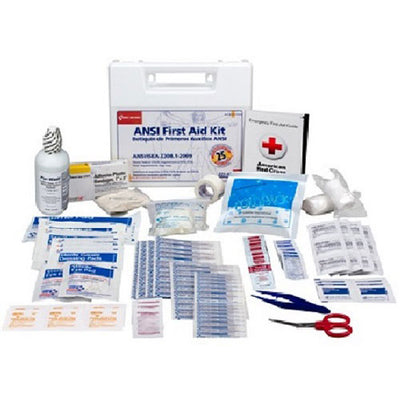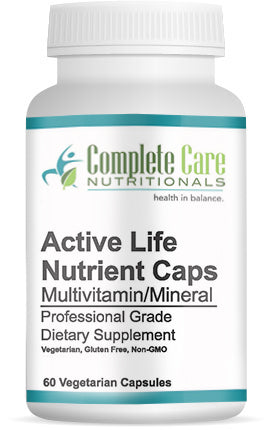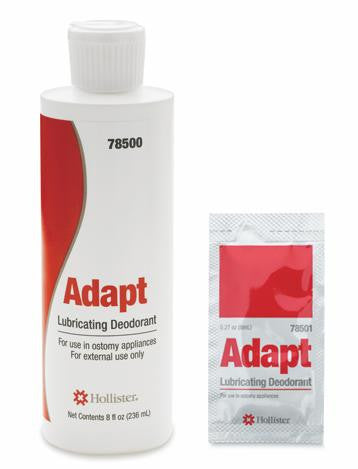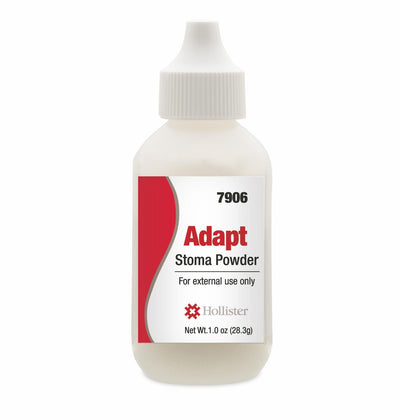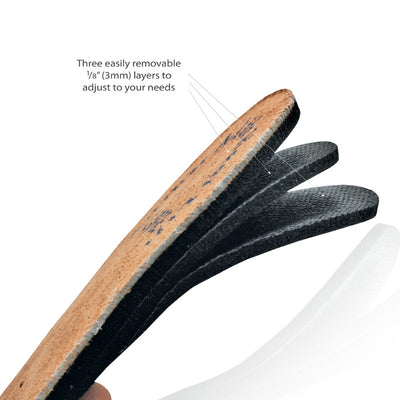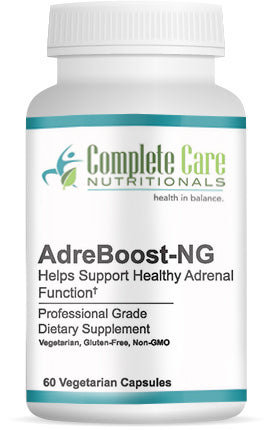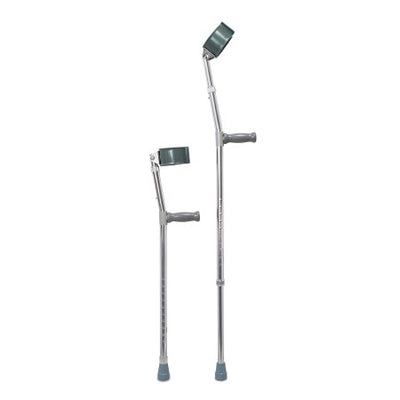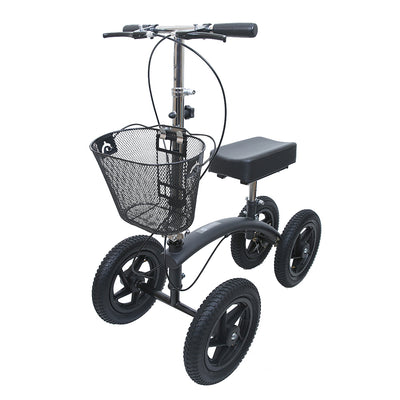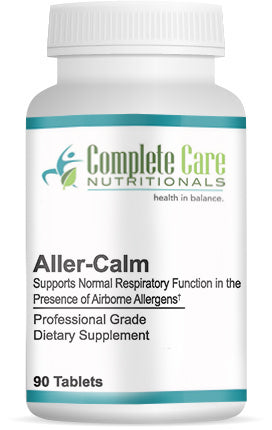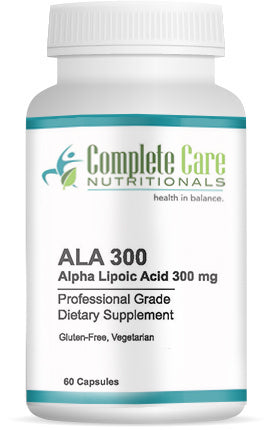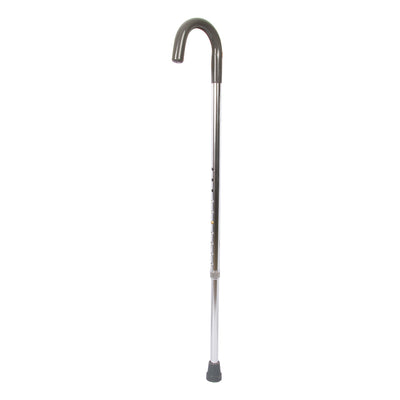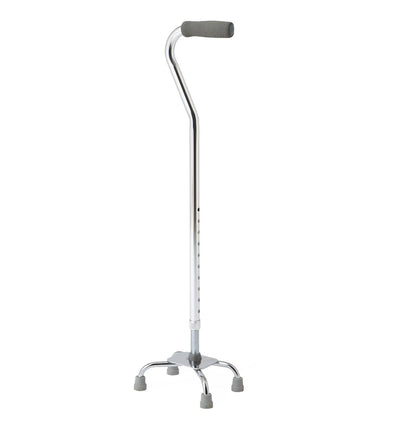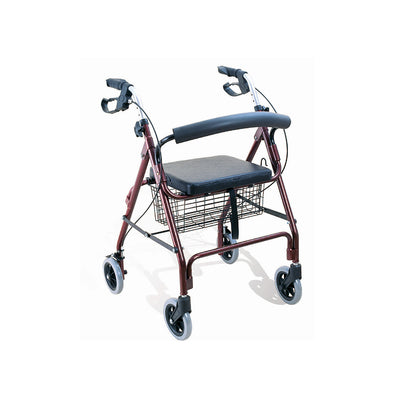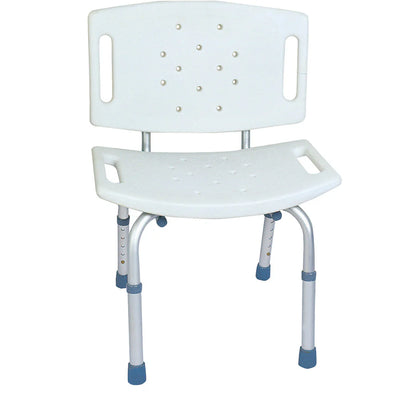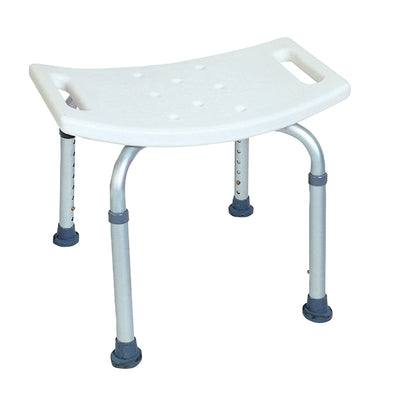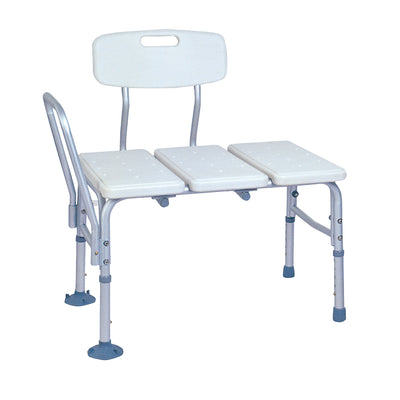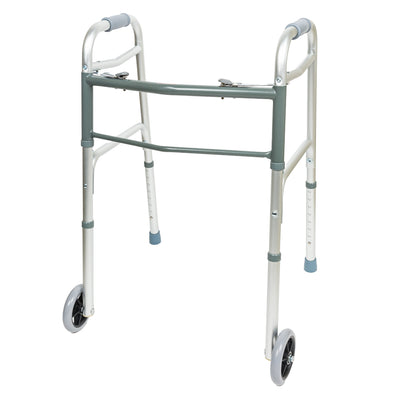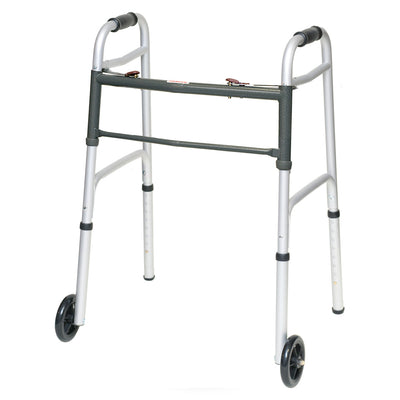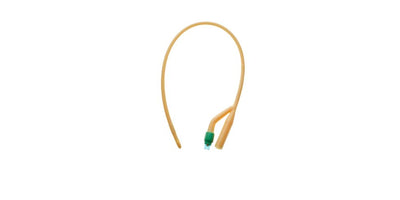Why Social Connection is a Pillar of Healthy Aging
Social disconnection is one of today's most urgent health challenges. In a landmark advisory, U.S. Surgeon General Dr. Vivek Murthy declared it poses health risks comparable to smoking 15 cigarettes a day.
Key Health Impacts of Social Connection:
- Physical Health: Strong social ties reduce heart disease risk by 29% and stroke risk by 32%.
- Mental Wellness: Social isolation doubles the risk of depression and increases dementia risk by 50%.
- Longevity: Connected individuals live longer, with social isolation increasing premature death risk by 26-29%.
- Healthcare Costs: Social isolation costs Medicare an estimated $6.7 billion annually.
The numbers are stark: about 1 in 3 adults report feeling lonely, and 1 in 4 older adults are socially isolated. This isn't just about sadness, it's about survival. Social isolation triggers biological stress responses that lead to chronic inflammation and weakened immunity. The good news is that social connection is something we can actively improve at any age.
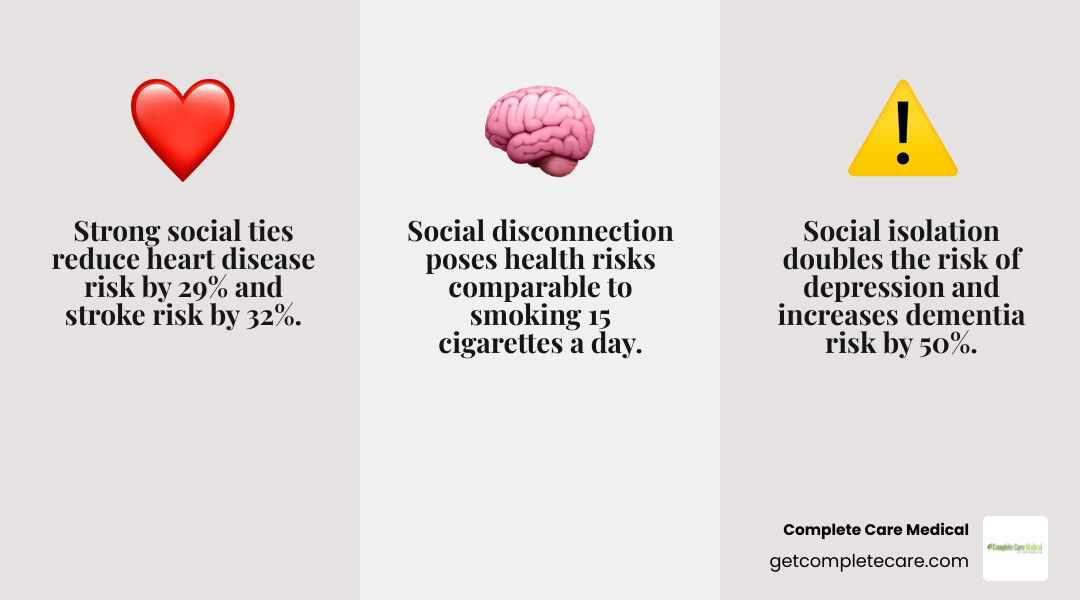
Staying Social as You Age: How Connection Impacts Health More Than You Think

Understanding why staying social matters starts with recognizing two related but different challenges: social isolation and loneliness. These are serious health risks that affect your body and mind.
The Silent Epidemic: Understanding Social Isolation vs. Loneliness
Social isolation and loneliness are different.
- Social isolation is objective—it's the lack of social contact, measured by how many people you interact with. About 1 in 4 older adults are socially isolated.
- Loneliness is subjective—it's the feeling that your relationships aren't as meaningful as you'd like. About 1 in 3 adults report feeling lonely.
| Social Isolation (Objective lack of contact) | Loneliness (Subjective feeling of distress) |
|---|---|
| Measured by number of contacts or group memberships | Measured by a person's feeling of being alone |
| You can be socially isolated but not feel lonely | You can feel lonely even when surrounded by people |
| Focuses on the structure of your social network | Focuses on the perception of your social network |
Your body responds to both as threats, triggering a stress response that leads to chronic inflammation and a weakened immune system.
The Alarming Health Consequences of Disconnection
The health risks of social disconnection are staggering, comparable to smoking 15 cigarettes a day. Social isolation increases the risk of heart disease by 29%, stroke by 32%, and premature death by 26-29%. It's also linked to a higher risk of type 2 diabetes and high blood pressure. Cognitively, it can increase dementia risk by 50%, while lonely individuals are twice as likely to develop depression. This happens because disconnection puts your stress response system into overdrive, causing chronic inflammation. Since heart health is closely tied to social connection, learn more in our article on Heart Health and You.
Who is Most at Risk? Identifying the Triggers for Isolation
Certain life changes and circumstances increase the risk of social isolation and loneliness. Recognizing these triggers can help you or your loved ones stay connected.
- Major Life Transitions: Events like retirement, the loss of a spouse, or moving can disrupt social networks.
- Living Alone: About 28% of older adults live alone, which reduces daily social contact.
- Chronic Illness: Managing health issues can make it harder to participate in social activities. At Complete Care Medical, we see how conditions like diabetes or urological issues can create barriers.
- Sensory Impairment: Hearing loss, which affects two-thirds of older adults, can make conversations frustrating and lead to social withdrawal.
- Mobility Challenges: Physical limitations can prevent you from getting out. Our article on 5 Warning Signs You Need Help with Mobility can help identify when to seek support.
- Caregiving: The demands of caregiving can be incredibly isolating.
- Social Determinants: Factors like low income, rural living, and the digital divide limit social opportunities.
Understanding these risks is the first step. For those planning ahead, our guide on Preparing to Age in Place offers valuable insights.
A Practical Guide to Nurturing Connections and Thriving

Now that we understand the risks, let's focus on the solution. It's never too late to build new relationships or strengthen existing ones. Here are some practical strategies.
Individual Strategies for Staying Social as You Age
Many effective strategies are within your control. You can take the first step.
- Schedule daily connections: Make a habit of calling or texting a friend or family member each day.
- Volunteer your time: Helping a cause you care about provides purpose and connection.
- Join clubs or groups: Pursue shared interests like reading, gardening, or painting in a group setting.
- Take a class: Lifelong learning keeps your brain active and provides built-in social interaction.
- Adopt a pet: A pet can provide wonderful companionship and be a natural conversation starter.
- Stay physically active with others: Join a walking group or a senior fitness class. Doing exercise with others doubles the benefit.
- Nurture hobbies: Revisit old hobbies or explore new ones that naturally involve other people, like card games or photography clubs.
All these strategies are tied to engaging in meaningful activities that give you a sense of purpose, a powerful antidote to loneliness.
Leveraging Technology and Community Resources
Technology can be a bridge to connection, and your local community is full of resources.
- Technology: Use video calls (FaceTime, Zoom) and online groups to connect with loved ones and find communities with shared interests. Be mindful of safety with our guide on Online Safety for Older Adults: Avoiding Scams.
- Community Resources: Senior centers, public libraries, and faith-based organizations offer activities, classes, and volunteer opportunities.
The Eldercare Locator can help you find local services.
Special Considerations for Staying Social as You Age
Life's challenges require thoughtful approaches to staying connected.
- For Cognitive Impairments: For dementia, focus on structured activities like music or looking at photos. Memory cafes offer safe social spaces, and support groups are invaluable for caregivers.
- For Physical Limitations: If you are homebound, health related isolation is a key concern. Virtual communities, online book clubs, and friendly visitor programs can bring social interaction to you. Addressing underlying issues like hearing loss or mobility challenges can also dramatically improve social engagement.
- For Caregivers: The caregiver role is isolating. Prioritizing self-care is essential. Use respite care services to take breaks and maintain your own social networks.
At Complete Care Medical, we believe personalized support helps people thrive. We help you maintain your independence and connections with compassionate support. Social connection is a necessity for health, not a luxury. For more resources, explore more health and wellness topics on our blog.








